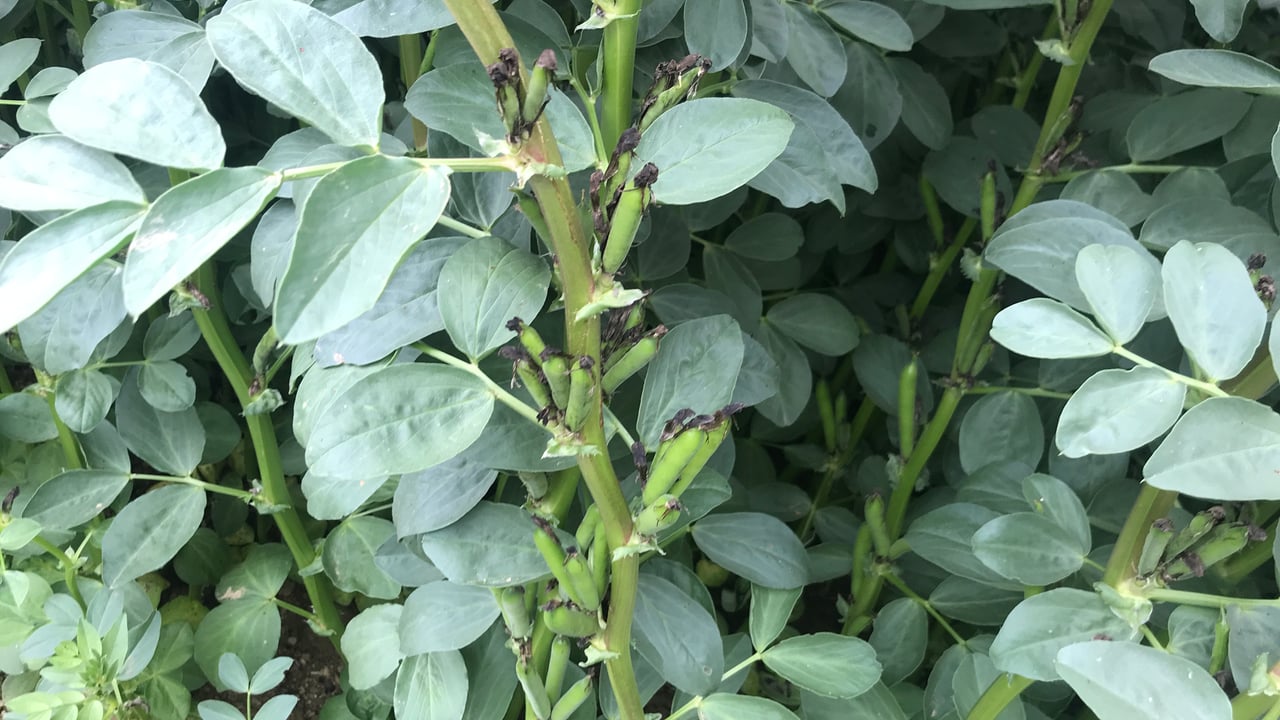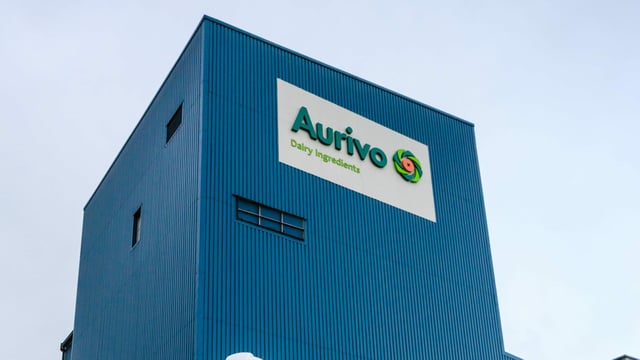Planting spring beans in 2022? The clock is ticking
Farmers intent on planting spring beans in 2022 have just over two weeks to gets crops into the ground, so the clock is ticking.
This is the very clear advice issued by Seedtech technical director, Tim O’Donovan.
He told Agriland: “Beans have a five to six-month growing cycle, so the cut-off planting date kicks-in around the beginning of April.
“Beans can follow any form of cereal crop within a tillage rotation. But beans following rape is not ideal but can be done.”
O’Donovan confirmed that beans do not require any form of bagged nitrogen (N). And slurry can provide all the phosphate and potash that crops will require, but a soil test is recommended as with all crops.
“A combination of the zero reliance on bagged nitrogen and the fact that crops are eligible for the Protein Aid Scheme will be key factors in persuading farmers to grow beans this year," he explained.
"The big advantage with beans is less spend from a grower’s perspective, from having to apply no nitrogen on beans, and there is another €50/ac saving in next year’s cereal crop as the beans leave 40-50kg/ha residual nitrogen," he added.
O’Donovan has welcomed the recent announcement by agriculture minister, Charlie McConalogue, to include spring beans within the new tillage intervention measure.
“Any measure that acts to reduce Ireland’s dependence on imported grains has to be welcomed," O'Donovan said.
“The new measure does little or nothing for bespoke tillage farmers, who have little or no grass available to them that is suitable for converting over to tillage crops," he added.
"Also, we must remember that there is no chemical control for leather jackets or wireworm which may be issues sowing row crops like maize or beet after grass."
According to the Seedtech representative, beans can be grown very successfully after grass.
“One very attractive option for livestock farmers is to grow a mix of wheat and beans with the aim of producing a very high quality crop silage," he continued.
“Despite the different seed sizes, both crop types can be mixed in the drill and sown-out together.”
O'Donovan also confirmed that sales of bean seeds up to this point are on a par with those recorded in 2021.
“The current high prices for barley are a big attraction at the present time. I am also aware of the fact that bean yields have been quite variable in the past. This was particularly so in 2018,” he said.
O'Donovan said that from an agronomy perspective, beans are the perfect crop option on heavier land as the end of March beckons.
“Seedtech is actively involved in research to develop faba beans for human consumption and animal feed.
“There is a lot happening within this space. But I keep coming back to the fundamental point, where the growing of beans is concerned. And this is the guaranteed economic advantage that growers can avail of from the instant they commit to the crop, relative to a spring cereal.”





